
The 506th Infantry Regiment, originally designated the 506th Parachute Infantry Regiment during World War II, is an airborne light infantry regiment of the United States Army. Currently a parent regiment under the U.S. Army Regimental System, the regiment has two active battalions: the 1st Battalion, 506th Infantry Regiment is assigned to the 1st Brigade Combat Team, 101st Airborne Division, and the 2nd Battalion, 506th Infantry Regiment is assigned to the 3rd Brigade Combat Team, 101st Airborne Division.

Gordon Ray Roberts is a retired United States Army officer and a Medal of Honor recipient for his "conspicuous gallantry and intrepidity in action at the risk of his life above and beyond the call of duty" on 11 July 1969 while an infantryman with the 1st Battalion, 506th Infantry, 101st Airborne Division during the Vietnam War.
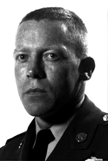
Joe Ronnie Hooper was an American who served in both the United States Navy and United States Army where he finished his career there as a captain. He earned the Medal of Honor while serving as an army sergeant on February 21, 1968, during the Vietnam War. He was one of the most decorated U.S. soldiers of the war and was wounded in action eight times.

Matthew Leonard was a United States Army sergeant who posthumously received America's highest military decoration—the Medal of Honor—for his actions in the Vietnam War.

Charles Calvin Rogers was a US Army officer and a recipient of the highest military decoration in the United States, the Medal of Honor, for his actions during the Vietnam War.
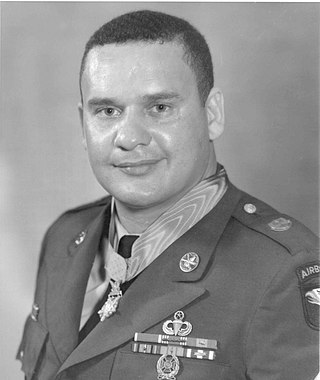
Webster Anderson was a United States Army soldier and a recipient of America's highest military decoration—the Medal of Honor—for his actions in the Vietnam War.

Sergeant First Class Elmelindo Rodrigues Smith was a United States Army soldier, of Hispanic-Asian descent, who was posthumously awarded the Medal of Honor for his actions in the Vietnam War. Despite being severely wounded, Smith inspired his men to beat back an enemy assault.

Robert Franklin Foley is a retired United States Army lieutenant general who served in the Vietnam War. He received the Medal of Honor for leading his unit in an assault on a strong enemy position on November 5, 1966, during Operation Attleboro.

Kenneth Edward Stumpf was a United States Army soldier and a recipient of the United States military's highest decoration, the Medal of Honor, for his actions in the Vietnam War.
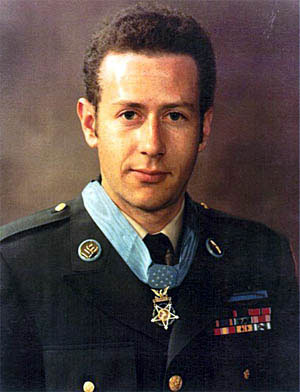
Richard Allen Penry was a United States Army soldier and a recipient of the United States military's highest decoration—the Medal of Honor—for his actions in the Vietnam War.

Milton Arthur Lee was a United States Army soldier and a recipient of the United States military's highest decoration—the Medal of Honor—for his actions in the Vietnam War.

Kenneth Michael Kays was a United States Army soldier and a recipient of the United States military's highest decoration—the Medal of Honor—for his actions in the Vietnam War.

Frank Aloysious Herda was a United States Army soldier and a recipient of the United States military's highest decoration, the Medal of Honor, for his actions in the Vietnam War.

Peter Matthew Guenette was a United States Army soldier and a recipient of the United States military's highest decoration—the Medal of Honor—for his actions in the Vietnam War.
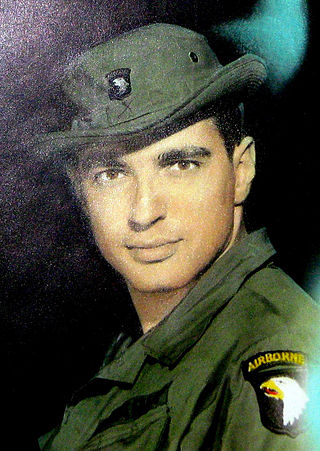
Leslie Halasz Sabo Jr. was a soldier in the United States Army during the Vietnam War. He received the highest military decoration, the Medal of Honor, for his actions during the Cambodian Campaign in 1970.

Santiago Jesus Erevia was an American soldier who fought in the Vietnam War and a recipient of the Medal of Honor.

Jose Rodela is a United States Army veteran of the Vietnam War and a recipient of the Medal of Honor.
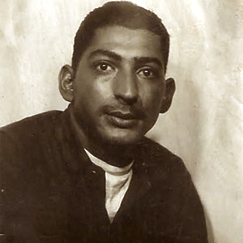
Leonard Louis Alvarado was a U.S. Army posthumous recipient of the Medal of Honor during the Vietnam War.

Ardie Ray Copas was a U.S. Army veteran of the Vietnam war, and a recipient of the Medal of Honor.
Eduardo Corral Gomez was a U.S. Army veteran of the Korean War and a recipient of the Medal of Honor for his actions during the Battle of Tabu-dong on 3 September 1950.



















